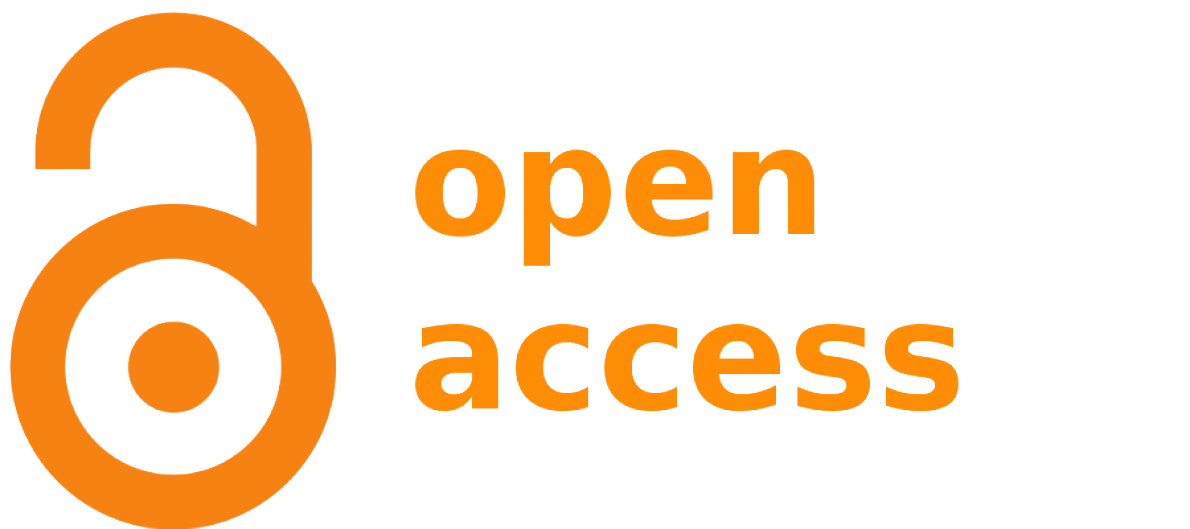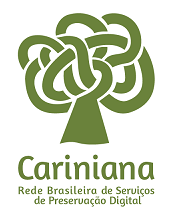De gados e homens: processed meat in Ana Paula Maia’s novel
DOI:
https://doi.org/10.5433/1678-2054.2022v42p46-56Keywords:
Carne, Trabalho, Ana Paula Maia.Abstract
De gados e homens (2013), by Ana Paula Maia, invites us to reflect on the consumption of meat in a modern capitalist society. From the meat of precarious workers in the slaughterhouse, in which such bodies are molded in the work process to the slaughter of meat-producing animals destined for hamburger factories. From this perspective, the literary text allows us to think about the environmental and social impacts generated by slaughterhouses. In the context where the growth of hunger coincides with a peak in beef exports, Maia’s novel emerges as a current work in the country. Therefore, this work aims at examining the interaction between nature and human action in the narrative, seeking to understand the various complexities that permeate it. In thoughts proposed in her writing, it is possible to recognize that the explicit flesh in Maia’s work is crossed by political and cultural inscriptions. In this sense, under the bias of animal studies in the literary text, theis paper is based on the contributions by Vânia Márcia Damasceno Nogueira (2012), Peter Singer (2013), Gabriel Giorgi (2015), and Carol J. Adams (2018).
Downloads
References
ADAMS, Carol J. A política sexual da carne: A relação entre o carnivorismo e a dominância masculina. Trad. Cristina Cupertino. São Paulo: Alaúde, 2018.
ALMEIDA, K., J. Cavalcante & O. Valle. Ossos do ofício. Metrópoles, Brasília, 2017. Disponível em: https://www.metropoles.com/materias-especiais/ossos-do-oficio.
BOFF, Leonardo. Ecologia: grito da terra, grito dos pobres. Rio de Janeiro: Sextante, 2004.
DERRIDA, Jacques. A besta e o soberano. (Seminário): vol I (2001-2002). Trad. Marco Antônio Casa Nova. Rio de Janeiro: Via Verita, 2016.
GIORGI, Gabriel. Formas comuns: animalidade, literatura, biopolítica. Trad. Carlos Nougué. Rio de Janeiro: Rocco, 2015.
MAIA, Ana Paula. Entre rinhas de cachorros e porcos abatidos: duas novelas. Rio de
Janeiro: Record, 2009.
MAIA, Ana Paula. De gados e homens. Rio de Janeiro: Record, 2013.
NOGUEIRA, Vania Márcia Damasceno. Os direitos fundamentais dos animais: a construção jurídica de uma titularidade além dos seres humanos. Belo Horizonte: Arraes, 2012.
PELLEGRINI, Aline, & Conrado Corsalette apres. Durma com essa: Como a fila do osso virou símbolo da miséria nacional. Nexo Jornal, 30 setembro 2021. Disponível em: https://www.nexojornal.com.br/podcast/2021/09/30/Como-a-fila-do-osso-virou-s%C3%ADmbolo-da-mis%C3%A9ria-nacional.
SCULLY, Matthew. Domínio: O poder do ser humano, o sofrimento dos animais e um pedido de misericórdia. Trad. Catharina Epprecht. Rio de Janeiro: Civilização Brasileira, 2018.
SELIGMANN-SILVA, Márcio. Para uma crítica da compaixão. São Paulo: Lumme, 2009.
SINGER, Peter. Libertação animal. Trad. Marly Winckler e Marcelo Brandão Cipolla. São Paulo: Martins Fontes, 2013.
VICELLI, Karina Kristiane. Violência e bastardos na obra de Ana Paula Maia. Dourados: Arrebol coletivo, 2021.
Downloads
Published
How to Cite
Issue
Section
License
Copyright (c) 2022 Terra Roxa e Outras Terras: Revista de Estudos Literários

This work is licensed under a Creative Commons Attribution-NonCommercial 4.0 International License.
Authors who publish in this journal agree to the following terms:
a) The authors retain the copyright and grant the journal the right of first publication, the work being simultaneously licensed under the Creative Commons Attribution-NonCommercial 4.0 International License, allowing the sharing of the work with acknowledgment of the authorship of the work and initial publication in this journal.
b) Authors are authorized to assume additional contracts separately, for non-exclusive distribution of the version of the work published in this journal (eg, publish in an institutional repository or as a book chapter), with acknowledgment of authorship and initial publication in this journal.
c) Authors are allowed and encouraged to publish and distribute their work online (e.g. in institutional repositories or on their personal page) after the editorial process, as this can generate productive changes as well as increase impact and citation of the published work (See The Effect of Open Access).
d) The authors of the approved works authorize the journal to, after publication, transfer their content for reproduction in content indexers, virtual libraries and the like.
e) The authors assume that the texts submitted for publication are of their original creation, taking full responsibility for their content in case of any objection by third parties.



















